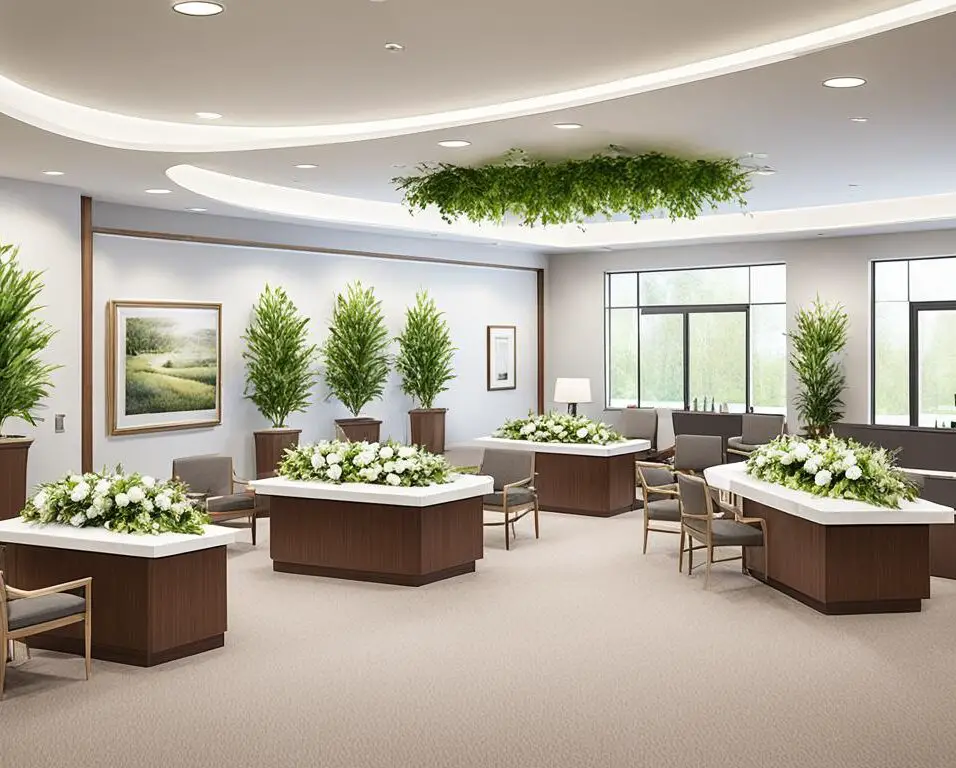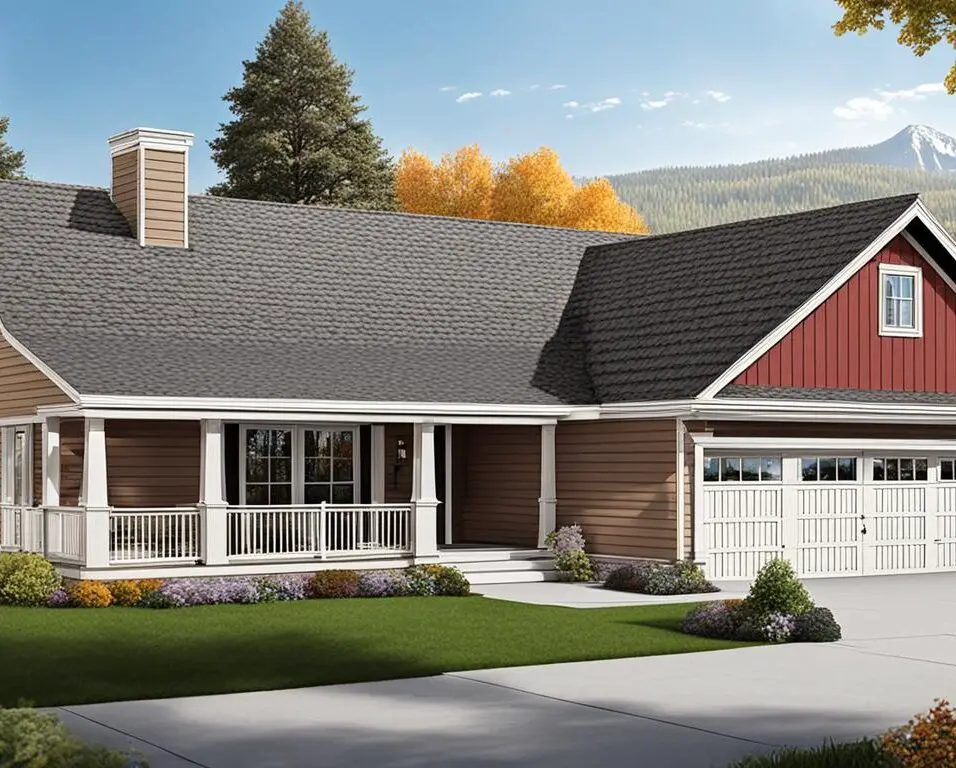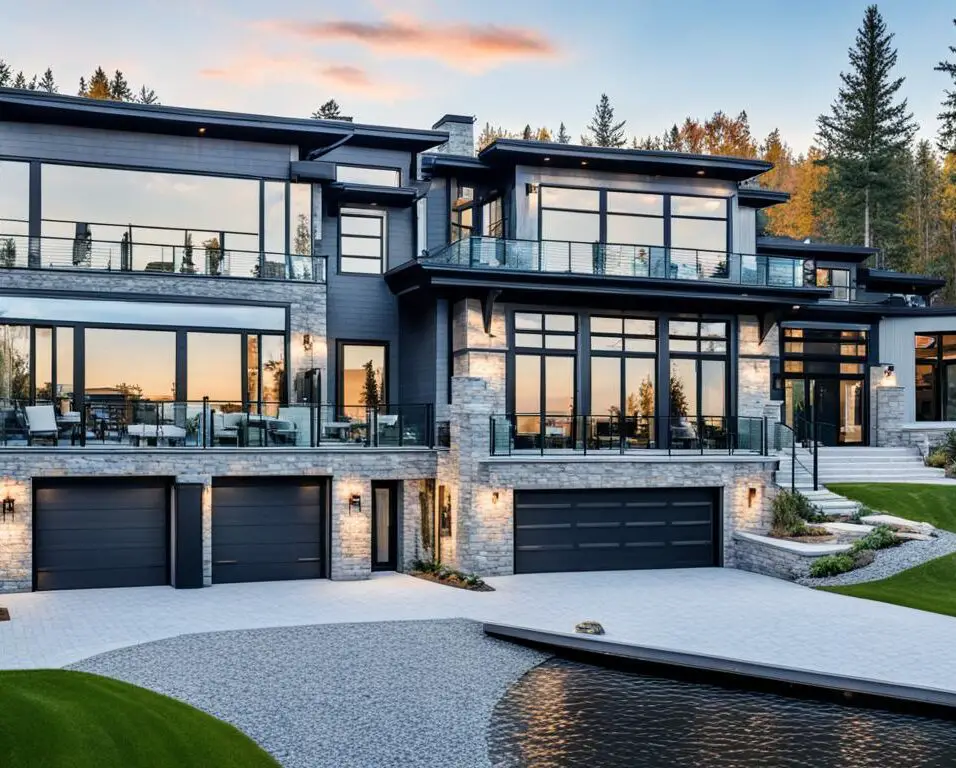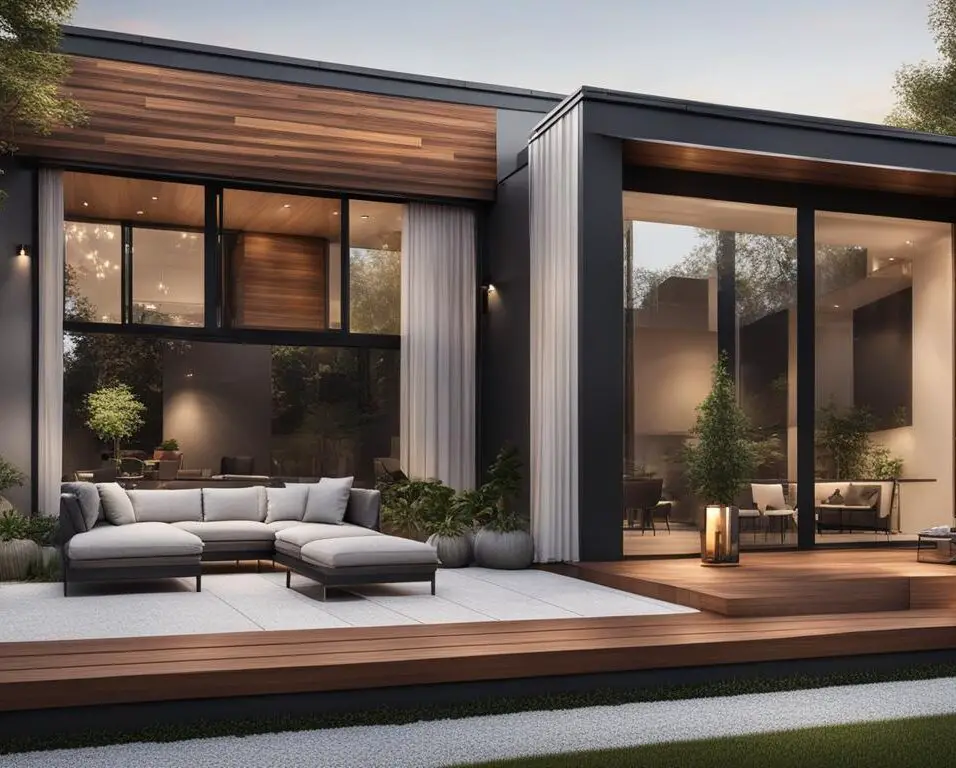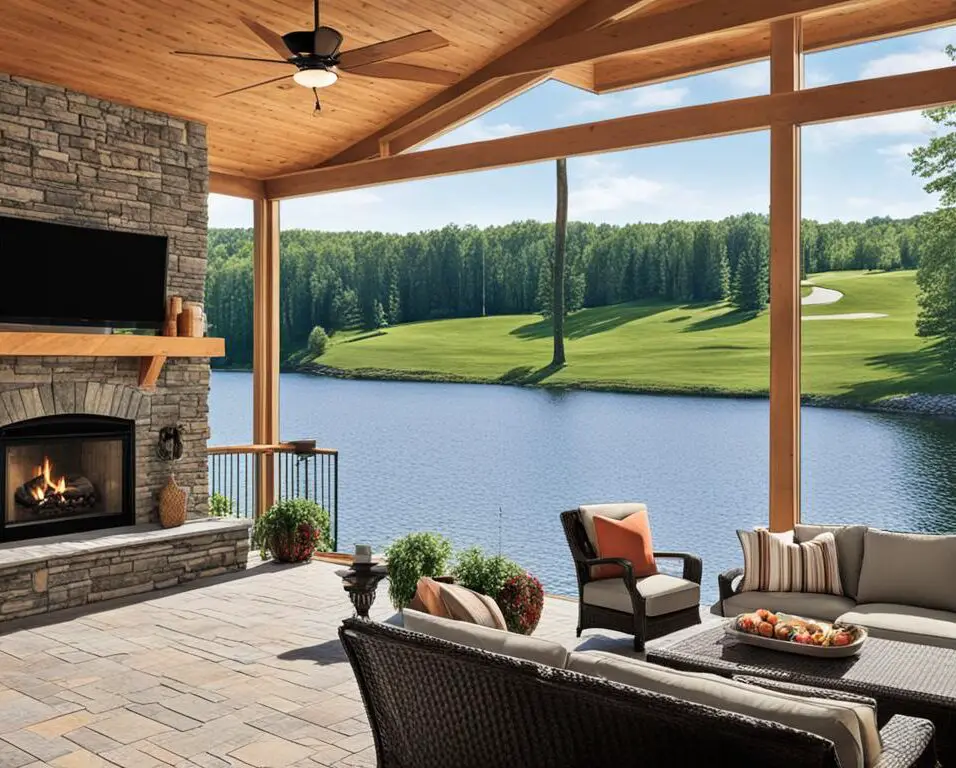Who Makes The Best Steel Buildings
Introduction
Who Makes The Best Steel Buildings: Steel buildings have become increasingly popular in recent years due to their durability, versatility, and cost-effectiveness. Whether you are looking for a commercial space, a storage facility, or even a residential property, steel buildings offer numerous advantages over traditional construction methods. However, with so many options available in the market, it can be challenging to determine who makes the best steel buildings.
When it comes to choosing the best steel building manufacturer, several factors need to be considered. One of the most crucial aspects is the company’s experience and expertise in the industry. Established manufacturers with a long-standing reputation are often a reliable choice, as they have proven their ability to consistently deliver high-quality steel buildings that meet customer expectations. These companies have honed their skills over the years and have a deep understanding of the intricacies involved in designing and constructing steel buildings.
Another essential factor to consider is the quality of materials used by the manufacturer. The best steel buildings are constructed using premium-grade steel that offers exceptional strength and durability. Reputable manufacturers source their materials from trusted suppliers and ensure that they meet industry standards. By using top-quality materials, these manufacturers can guarantee that their steel buildings will withstand harsh weather conditions, resist corrosion, and provide long-lasting performance.
Additionally, it is crucial to assess the design capabilities of the metal building manufacturer. The best manufacturers employ skilled architects and engineers who can create customized designs that meet the specific needs and preferences of their clients. Whether you require a building with unique dimensions, architectural features, or specialized functionalities, a reputable manufacturer will work closely with you to bring your vision to life. Their expertise in design ensures that the steel building not only meets your requirements but also complies with local building codes and regulations.
Lastly, customer reviews and testimonials play a vital role in determining the best steel building manufacturer. By reading about the experiences of past customers, you can gain valuable insights into the company’s professionalism, customer service, and overall satisfaction. Positive reviews and recommendations indicate that the manufacturer has a track record of delivering excellent products and services, making them a reliable choice for your steel building needs.
When searching for the best steel building manufacturer, it is essential to consider factors such as experience, material quality, design capabilities, and customer reviews. By carefully evaluating these aspects, you can make an informed decision and choose a manufacturer that will provide you with a high-quality steel building that meets your specific requirements.
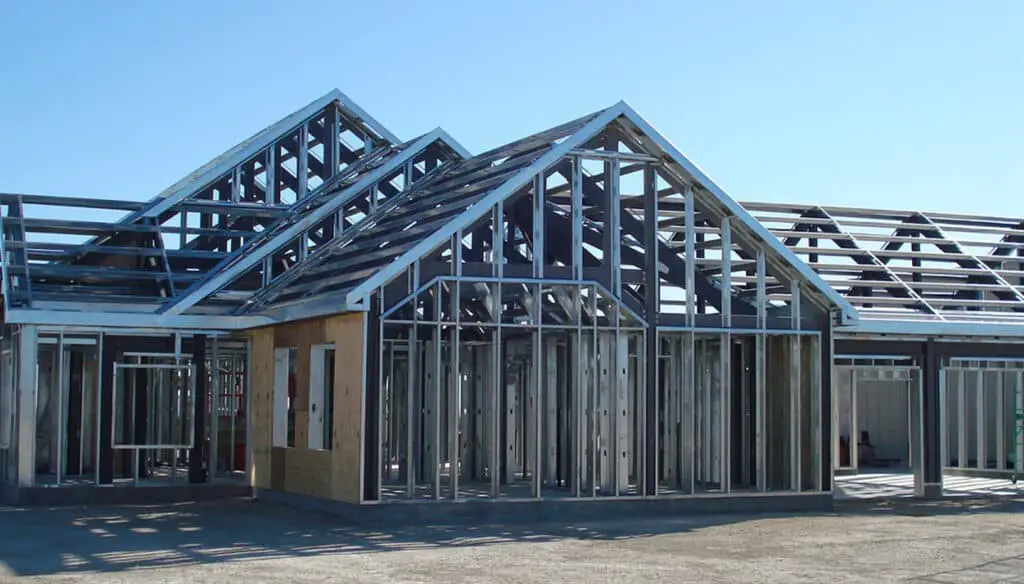
Who is the best metal building company?
If you’re looking for the best metal building manufacturer, choose RHINO Steel Building Systems.
Determining the “best” metal building company can be subjective and depends on various factors, including your specific needs, budget, location, and the type of metal structure you require. Several reputable metal building companies have a strong presence in the industry, each with its own strengths. Here are a few well-known companies that consistently receive positive reviews and are often considered among the best:
General Steel: General Steel is one of the largest and most recognized names in the metal building industry. They offer a wide range of building types, including commercial, industrial, and residential structures. General Steel is known for its customization options, quality materials, and excellent customer service.
Morton Buildings: Morton Buildings specializes in constructing agricultural and residential buildings. They have a strong reputation for durability and quality, using their exclusive “post-frame” construction method. Morton is known for its attention to detail and long-lasting structures.
Rigid Global Buildings: Rigid is a well-regarded manufacturer of pre-engineered metal buildings, serving commercial, industrial, agricultural, and residential clients. They are known for their precision engineering, quality materials, and fast delivery times.
Heritage Building Systems: Heritage Building Systems offers a range of metal building solutions for commercial, industrial, agricultural, and residential purposes. They are known for their energy-efficient designs, customization options, and cost-effective solutions.
Armstrong Steel: Armstrong Steel is known for its user-friendly online design tool, making it easy for customers to customize their metal buildings. They offer a variety of building types, from workshops to warehouses.
Olympia Steel Buildings: Olympia specializes in industrial, commercial, agricultural, and residential metal buildings. They have a reputation for high-quality materials and efficient construction processes.
Mueller, Inc.: Mueller is a family-owned company that has been in business for more than 85 years. They offer a variety of metal building solutions, including steel buildings, roofing, and components. Mueller is known for its longevity and reliability.
To determine the best metal building company for your needs, consider factors such as your budget, the type and size of the structure, your location, and any specific customization requirements. It’s essential to research and compare multiple companies, read customer reviews, and request quotes to find the company that aligns best with your project’s goals and budget. Additionally, working with a local metal building supplier may be advantageous, as they can provide personalized support and guidance throughout your project.
What is the best steel for metal buildings?
Plain Carbon Steel Or Mild Steel
Due to the strength that mild steel provides, it is extremely useful in building construction and has many advantages. It never cracks, it’s incredibly flexible, it is ductile, and has excellent plasticity.
Introduction:
When it comes to constructing metal buildings, choosing the right steel is crucial for ensuring durability, strength, and longevity. With numerous steel options available in the market, it can be challenging to determine the best steel for metal buildings. However, by considering factors such as strength, corrosion resistance, cost-effectiveness, and versatility, one can make an informed decision.
Strength:
One of the primary considerations when selecting steel for metal buildings is its strength. Steel is renowned for its exceptional strength-to-weight ratio, making it an ideal choice for constructing sturdy and reliable structures. High-strength steel, such as ASTM A992 or A572, offers superior load-bearing capacity, enabling metal buildings to withstand heavy loads, extreme weather conditions, and seismic activities. The use of high-strength steel ensures the structural integrity of metal buildings, providing a safe and secure environment for various applications.
Corrosion Resistance:
Another crucial factor to consider is the steel’s corrosion resistance, as metal buildings are often exposed to harsh environmental conditions. Galvanized steel, which is coated with a layer of zinc, offers excellent corrosion resistance. The zinc coating acts as a barrier, protecting the underlying steel from rust and corrosion caused by moisture, chemicals, and other corrosive elements. Additionally, stainless steel, known for its high resistance to corrosion, is an excellent choice for metal buildings located in coastal or highly corrosive environments.
Cost-effectiveness:
Cost-effectiveness is an essential aspect to consider when selecting steel for metal buildings. While high-strength and corrosion-resistant steels may come at a higher initial cost, they offer long-term benefits by reducing maintenance and repair expenses. By investing in high-quality steel upfront, metal building owners can avoid costly repairs and replacements in the future, ensuring a cost-effective solution in the long run.
Versatility:
The versatility of steel is another significant advantage when it comes to constructing metal buildings. Steel can be easily customized and fabricated to meet specific design requirements, allowing for flexibility in creating unique and aesthetically pleasing structures. Additionally, steel’s strength and durability enable the construction of large clear-span spaces, eliminating the need for interior support columns and maximizing usable space. This versatility makes steel an excellent choice for a wide range of metal building applications, including warehouses, industrial facilities, agricultural buildings, and commercial structures.
Who makes the best red iron buildings?
Look no further than Maverick Steel Buildings’ red iron metal building kits. Not only are our kits designed to stand the test of time, but they’re also created with building codes specific to your location in mind. Plus, our buildings are designed to handle heavy wind and snow loads and even earthquakes!
Determining the “best” manufacturer for red iron buildings, also known as pre-engineered steel buildings, is subjective and depends on various factors, including your specific project needs, location, budget, and preferences. There are several reputable manufacturers in the industry, each with its strengths and areas of expertise. Here are some well-known manufacturers of red iron buildings:
Nucor Building Systems: Nucor Building Systems is a division of Nucor Corporation, one of the largest steel producers in the United States. They are recognized for their commitment to quality, innovation, and sustainability. Nucor offers a wide range of red iron building solutions for various industries.
American Buildings Company (ABC): ABC is a leading manufacturer of metal buildings, including red iron structures. They are known for their engineering expertise, customization options, and fast delivery. ABC provides solutions for commercial, industrial, and institutional projects.
Varco Pruden Buildings: Varco Pruden Buildings, part of BlueScope Buildings North America, is known for its innovative and energy-efficient designs. They offer a variety of red iron building systems, including their patented Continuous Beam system for larger clear spans without interior columns.
Ceco Building Systems: Ceco Building Systems, a subsidiary of Cornerstone Building Brands, specializes in pre-engineered metal buildings. They provide custom-engineered solutions for various applications, from industrial warehouses to retail centers.
Kirby Building Systems: Kirby Building Systems is an international manufacturer of pre-engineered steel buildings. They are recognized for their cost-effective solutions and have experience in a wide range of industries, from agriculture to sports facilities.
Star Building Systems: Star Building Systems is known for designing and manufacturing metal building systems. They offer a range of options for red iron buildings, including simple structures and complex architectural designs.
Butler Manufacturing: Butler Manufacturing, a division of BlueScope Buildings North America, has a long history of producing quality red iron buildings. They offer various building systems, including the MR-24® standing seam roof system known for its durability.
To determine the best red iron building manufacturer for your project, consider your budget, the size and purpose of the building, location-specific requirements, and any customization needs. Additionally, seek recommendations from local contractors and read customer reviews to gain insights into the suitability of a manufacturer for your specific project. Keep in mind that the “best” manufacturer may vary depending on the specific circumstances of your project.
What is the best known structural steel framed building?
- Top 10 popular Steel structures around the world
- Taipei 101 Tower: Taiwan, China.
- The Empire State Building: New York, USA.
- Burj Khalifa: Dubai, UAE.
- Willis Tower: Chicago, USA.
- Beijing National Stadium: Beijing, China.
- The Seagram Building: New York, USA.
- Sydney Harbour Bridge: Sydney, Australia.
- Gateway Arch: Missouri, USA.
The best known structural steel framed building is a topic of much debate and discussion among architects, engineers, and enthusiasts of architectural marvels. Steel has long been recognized as a versatile and durable material for constructing buildings, and numerous iconic structures around the world showcase its potential. From soaring skyscrapers to grand bridges, steel-framed buildings have become synonymous with modern engineering and design.
One of the most famous examples of a steel-framed building is the Eiffel Tower in Paris, France. Completed in 1889, this towering structure stands as a testament to the innovative use of steel in construction. Designed by Gustave Eiffel, the Eiffel Tower was initially met with skepticism but soon became an iconic symbol of Paris and a marvel of engineering. Its lattice-like steel frame not only provides strength and stability but also allows for an open and airy design.
Another notable steel-framed building is the Empire State Building in New York City. Completed in 1931, this Art Deco masterpiece held the title of the tallest building in the world for nearly 40 years. Its steel frame, consisting of over 60,000 tons of steel, allowed for its impressive height and structural integrity. The Empire State Building remains an iconic symbol of New York City and a testament to the possibilities of steel-framed construction.
In recent years, the Burj Khalifa in Dubai has taken the title of the tallest building in the world. Standing at a staggering height of 828 meters, this architectural marvel showcases the advancements in steel-framed construction. The Burj Khalifa’s steel frame, combined with its innovative design and engineering, allows it to withstand extreme weather conditions and provide a safe and comfortable environment for its occupants.
These examples represent just a fraction of the many remarkable steel-framed buildings around the world. From the Petronas Towers in Kuala Lumpur to the Shanghai World Financial Center in China, steel has revolutionized the way we build and shape our cities. The best known structural steel framed building may vary depending on personal preferences and cultural significance, but one thing is certain: steel has played a crucial role in shaping the modern architectural landscape.
What is the strongest structural steel?
What is the strongest grade of steel? 1,000-N grade steel is the world’s most grounded ultra high strength steel for building structures that were created to further develop the quake opposition of structures and have roughly 2.7 times the yield strength (*2) of customary 490-N grade steel.
Introduction:
Structural steel is a widely used material in the construction industry due to its high strength and durability. It is crucial to select the strongest structural steel for various applications to ensure the safety and stability of the structures. In this article, we will explore the different types of structural steel and identify the strongest among them.
Types of Structural Steel:
There are several types of structural steel available, each with its own unique properties and strengths. One commonly used type is carbon steel, which is known for its high strength and excellent ductility. Carbon steel is widely used in the construction of buildings, bridges, and other heavy structures.
Another type of structural steel is alloy steel, which is made by combining carbon steel with other elements such as manganese, chromium, or nickel. Alloy steel offers enhanced strength, toughness, and corrosion resistance compared to carbon steel. It is often used in the construction of high-rise buildings, offshore structures, and industrial equipment.
The Strongest Structural Steel:
When it comes to determining the strongest structural steel, it is essential to consider the specific requirements of the project. However, one type of steel that is widely recognized for its exceptional strength is high-strength low-alloy (HSLA) steel. HSLA steel contains small amounts of alloying elements such as copper, phosphorus, or vanadium, which significantly enhance its strength.
HSLA steel offers a higher strength-to-weight ratio compared to other types of structural steel, making it an ideal choice for applications where weight reduction is crucial. It is commonly used in the construction of bridges, offshore platforms, and heavy machinery. The combination of high strength and excellent weldability makes HSLA steel a preferred choice for many structural engineers.
Selecting the strongest structural steel is vital for ensuring the safety and stability of various construction projects. While carbon steel and alloy steel are widely used, high-strength low-alloy (HSLA) steel stands out as the strongest option due to its exceptional strength-to-weight ratio and excellent weldability. By choosing the appropriate type of structural steel, engineers can ensure the longevity and reliability of structures in diverse applications.
Steel buildings offer numerous advantages over other construction materials, making them a popular choice for a wide range of projects. One of the key advantages of steel buildings is their exceptional strength and durability. Steel is known for its high tensile strength, which allows it to withstand extreme weather conditions, such as hurricanes, earthquakes, and heavy snow loads. This strength also makes steel buildings resistant to pests, such as termites, and reduces the risk of structural damage over time.
In addition to their strength, steel buildings are highly versatile and customizable. Steel can be easily molded and shaped into various designs, allowing for greater architectural flexibility. This versatility also extends to the interior layout of steel buildings, as they can be easily modified or expanded to accommodate changing needs. Furthermore, steel buildings can be constructed much faster than traditional buildings, reducing construction time and costs.
Another advantage of steel buildings is their sustainability. Steel is a recyclable material, and most steel used in construction is made from recycled sources. This not only reduces the demand for new raw materials but also minimizes waste and energy consumption. Additionally, steel buildings are energy-efficient, as they can be insulated to reduce heat loss or gain, resulting in lower energy bills and a smaller carbon footprint.
What are the key factors to consider when determining the quality of steel buildings?
Several key factors contribute to determining the quality of steel buildings:
Material Quality: The grade and quality of the steel used are paramount. High-quality, corrosion-resistant steel ensures the longevity and structural integrity of the building.
Engineering and Design: The design and engineering of the building must adhere to industry standards and regulations. Proper design ensures the building can withstand environmental forces, such as wind and seismic activity.
Construction Quality: The workmanship during construction is crucial. Poor welding, inaccurate measurements, or improper assembly can lead to structural issues.
Coatings and Finishes: Proper protective coatings, such as galvanization or paint, are essential to prevent corrosion and ensure the aesthetics of the building.
Roof and Wall Systems: The roofing and wall systems must provide adequate insulation, weatherproofing, and energy efficiency.
Foundation: A strong foundation is necessary for structural stability. It must be properly designed and constructed to support the weight of the steel building.
Manufacturer Reputation: The reputation and track record of the steel building manufacturer matter. Reputable companies are more likely to produce high-quality structures.
Local Building Codes: Compliance with local building codes and regulations is mandatory to ensure safety and legal compliance.
Warranties and Support: Manufacturers that offer comprehensive warranties and ongoing support demonstrate confidence in their product’s quality.
Which companies are known for producing high-quality steel buildings?
Several companies are renowned for producing high-quality steel buildings. Some of them include:
General Steel: General Steel has a reputation for producing versatile and durable steel buildings. They offer a range of customization options and have completed numerous successful projects.
Butler Manufacturing: Butler Manufacturing is known for its pre-engineered metal buildings, particularly for industrial and commercial applications. They have a strong focus on innovation and sustainability.
Behlen Building Systems: Behlen Building Systems is recognized for its agricultural and commercial steel structures. They are known for their durable designs and excellent customer service.
Olympia Steel Buildings: Olympia Steel Buildings offer a variety of building types, including residential, commercial, and agricultural. They are known for their quality materials and quick construction times.
Rigid Global Buildings: Rigid Global Buildings specializes in pre-engineered metal buildings for various applications. They are known for their precision engineering and customization options.
How do the construction materials used in steel buildings impact their durability and longevity?
The choice of construction materials in steel buildings significantly impacts their durability and longevity:
Steel Quality: High-quality steel with the right alloy composition is less susceptible to corrosion, rust, and structural weaknesses, ensuring a longer lifespan.
Coatings and Finishes: Proper coatings, such as galvanization or anti-corrosion paints, protect the steel from moisture and environmental factors, extending its life.
Roof and Wall Systems: Durable roofing and wall materials, such as insulated metal panels, improve energy efficiency and weather resistance, contributing to longevity.
Foundation Materials: Using the appropriate foundation materials that can withstand soil conditions and loads is critical for the building’s overall stability and longevity.
Fasteners and Connectors: High-quality fasteners and connectors, such as stainless steel bolts, ensure the structural integrity of the building over time.
Insulation Materials: Effective insulation materials not only enhance energy efficiency but also prevent moisture buildup, which can lead to corrosion and damage.
Windows and Doors: Quality materials for windows and doors help maintain the building’s envelope and energy efficiency.
What are the advantages of choosing steel buildings over other construction materials?
Choosing steel buildings offers several advantages over other construction materials:
Durability: Steel is highly durable and can withstand harsh weather conditions, pests, and fire, leading to a longer building lifespan.
Versatility: Steel can be easily customized to meet various design requirements, making it suitable for a wide range of applications, from residential to industrial.
Speed of Construction: Pre-engineered steel buildings are quicker to assemble than traditional construction methods, reducing construction time and costs.
Sustainability: Steel is recyclable and often contains recycled content. Its energy efficiency can lead to lower operating costs over time.
Strength-to-Weight Ratio: Steel’s high strength-to-weight ratio allows for larger open spaces without the need for excessive support columns, offering flexibility in interior layouts.
Low Maintenance: Steel buildings require minimal maintenance, reducing long-term upkeep costs.
Resistance to Environmental Factors: Steel buildings are resistant to pests, mold, and mildew, and they can be designed to withstand earthquakes, hurricanes, and other natural disasters.
Cost-Efficiency: The speed of construction, durability, and low maintenance contribute to cost savings over the building’s lifetime.
Can you provide examples of successful projects or testimonials from customers who have used steel buildings?
While I don’t have access to specific, up-to-date testimonials or project information, I can provide examples of successful projects that have used steel buildings:
Sports Arenas: Many modern sports arenas, like the AT&T Stadium in Dallas, Texas, home to the Dallas Cowboys, are constructed using steel. They offer large, open spaces and structural stability.
Agricultural Facilities: Steel buildings are commonly used for agricultural purposes, such as barns and storage facilities, due to their durability and customization options.
Aircraft Hangars: Airports often employ steel buildings for aircraft hangars, as they provide ample space and protection for valuable assets.
Industrial Warehouses: Warehouses and distribution centers, like Amazon’s fulfillment centers, rely on steel buildings for their efficient and adaptable design.
Commercial Spaces: Many shopping malls, retail centers, and office buildings utilize steel for their construction to ensure structural integrity and flexible interior layouts.
Testimonials and reviews for specific steel building projects can be found on manufacturers’ websites or through a quick online search. Reading these can provide valuable insights into the experiences of customers who have used steel buildings for various purposes.
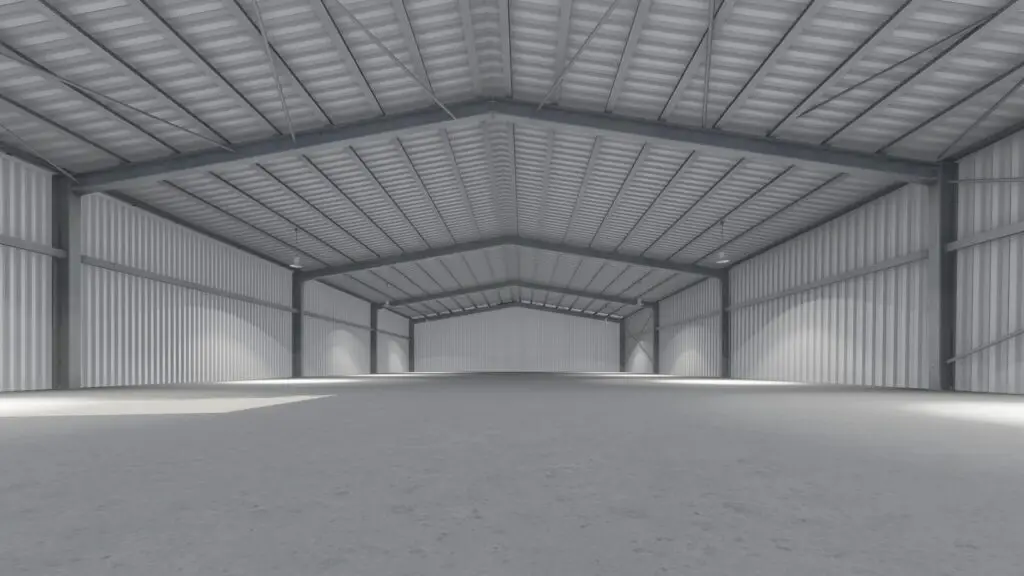
Conclusion
In conclusion, determining who makes the best steel buildings is a complex and multifaceted decision that depends on various factors. Each steel building provider brings its unique strengths and weaknesses to the table, and the “best” choice ultimately hinges on your specific needs and priorities.
Consider factors such as the intended use of the building, budget constraints, location, local building codes, and design preferences. Additionally, factors like the reputation of the buildings manufacturer, their experience, customer reviews, and the quality of materials and construction should be thoroughly evaluated.
It’s essential to conduct extensive research, request quotes from multiple suppliers, and assess their offerings comprehensively before making a decision. Ultimately, the best steel building manufacturer for one project may not be the best for another. Your choice should align with your project’s requirements, ensuring that you receive a durable, functional, and cost-effective steel building solution tailored to your unique needs.




